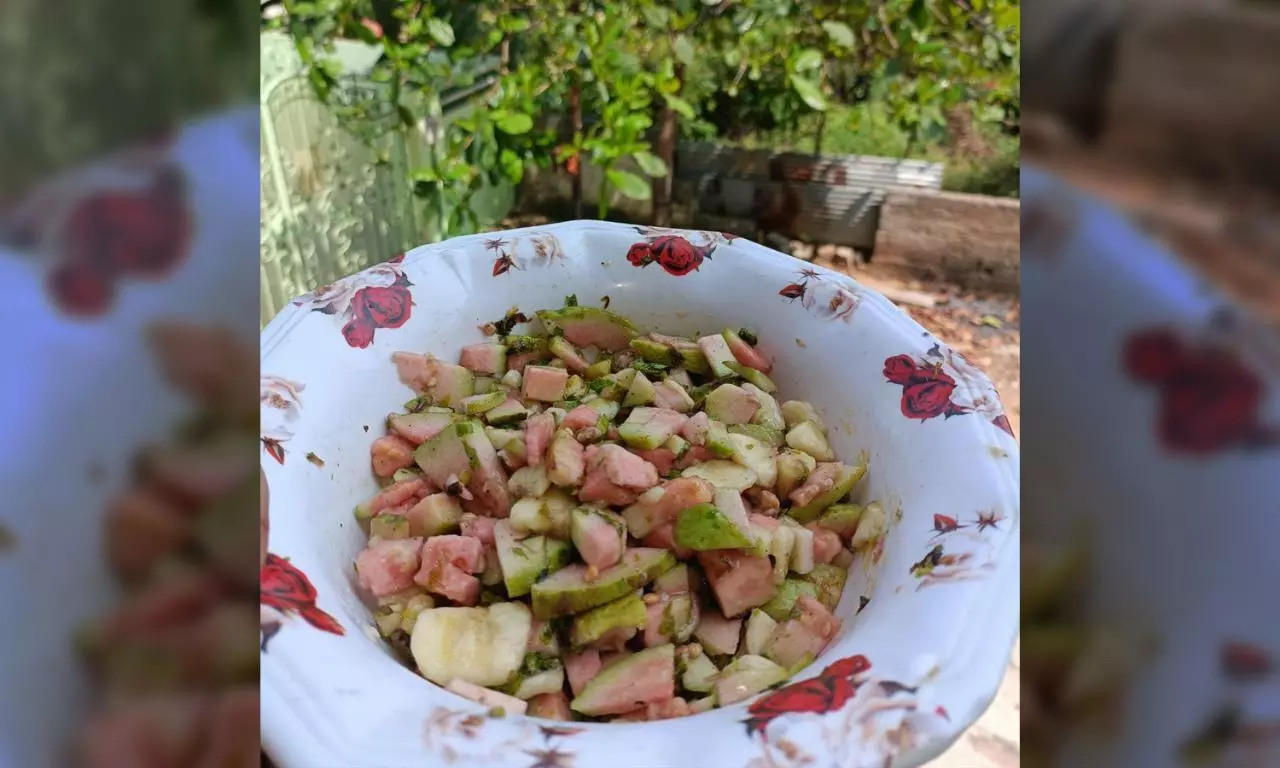Do you know about Hyderabad's winter special fruit treats ?
The winter season brings a lot of specialty fruits in the country

HYDERABAD: Winter is almost here, and it arrived even sooner in Hyderabad. Do you realise that Hyderabadis, who are well-known for their cuisine and culture, also enjoy a variety of wintertime treats?
Even though Hyderabadis have a variety of cuisines, let's talk about plethora of fruits available here this season. The winter season brings a lot of specialty fruits in the country. But do you know about these vernacular fruits that are unique to Telangana?
Learn more about these unusual fruit varieties, which are generally available in the winter yet were probably everyone's go-to after-school treats.
Three common fruits—Bear, Gaengul, and Jaam—are popularly known as post-school treats, especially prominent during the winters. They are also frequently consumed as morning breakfast and evening snacks, said Haseeb Jafferi, founder of Sufi Trails.
BEAR
There are two types of bears: Chota bears, which have a slightly sour taste, and Sua bears, which are slightly larger and sweeter in taste. Bear is well-known for its sourness and tanginess, and is a favourite among girls in particular.
Pic Credits- Haseeb Jafferi/ Sufi Trails
GAENGUL
Gaengul, also known as Palmyra Shoots, is also known as Thegalu in Telugu and Panangkilangu in Tamil. Palmyra sprout is one of the oldest fibres found in Southern Indian dishes. They can be eaten raw, roasted, or boiled with a pinch of salt. The high fibre content of palmyra sprouts curbs hunger and prevents overeating.
Pic Credits- Haseeb Jafferi/ Sufi Trails
JAAM KAYA
There are two types of jaam—the red jam and the regular jaam—and both are referred to as kacha and pakka jaam. Gadra is a sliced, slightly raw kind of jaam that is typically served with imli churan and imli chutney, which Hyderabadis especially love.
Pic Credits- Wikipedia
JAAM KA MURABBA
Hyderabadis also prepares Jaam ka Murabba, a sweet syrup to which jaam is added. It's a tricky recipe, thus while preparing Jam Ka Murabba you should keep an eye on the consistency because if you keep it for a little while longer, it gets chewy and you can't use it as jaam.
Pic Credits- Bangla Recipe
JAAM KA KUCHUMBER
Jaam is also used to make a very well-known evening snack called Jaam ka Kuchumber, which is essentially a jam salad. You can also add chopped green chilies, salt, kala mirch, hara masala, a dash of lemon, and pudina. It transforms into a tasty salad that goes well with jam and is typically served in the evenings with fresh jaam.
Pic Credits- Haseeb Jafferi/ Sufi Trails
JAAM KI JELLY
Hyderabadi prepares a variety of dishes in various stages of Jaam, including Jaam ki jelly, which is made from extremely ripened pakka jaam, and jam ka kuchumber, which is eaten as a salad with fresh gadra jaam.
The pakka jaam that is completely ripe is made into jaam ki jelly, whereas the fresh gadra jaam is eaten as a salad and is known as jaam ka kuchumber.
Pic credits- Archana's Kitchen(Jaam Ka jam)
Since jaam trees were present in practically every Hyderabadi home and jaam was widely used, they had discovered a way to produce jam with no waste at all. This concludes the tale of Hyderabadi jaam, recalls Haseeb Jafferi, founder of Sufi Trails.



